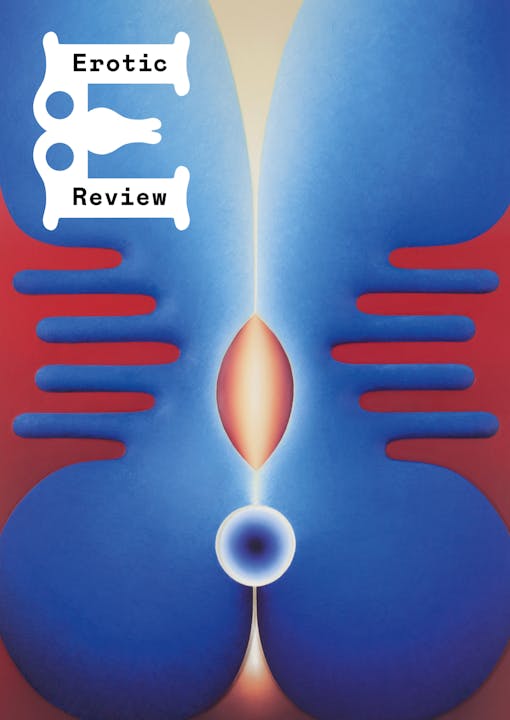Get Familiar 6
Delivered to Stack subscribers in
Sep 2024

A magazine inspired by the music and culture of hip-hop, Get Familiar is brilliantly accessible. This sixth issue features conversations with legends like Flying Lotus, De La Soul and Sampha, as well as abstract visual artist Caroline Kent and filmmaker Jenn Nkiru. If you love those artists you’ll probably want to read what they have to say, but it welcomes general readers too, as the interviewees speak about the ideas behind their music, and particularly about their experiences as Black and brown artists.


“Raining cars and dogs: perfect alibi to stay on the couch and floor! With @stackmagazines and this month’s gem @getfamiliarmag – taking a long and detailed look at #hiphop’s role in our wider #contemporary #culture – #printlove #printneverdies #magazine #print #music #artist #delasoul #flyinglotus #carolinekent #sampha #jennnkiru #yayabey #musician #coffee #croissant #breakfast #weekend #saturday
Name
Arjun Chadha
Job title
Founder and editor-in-chief of Get Familiar Magazine
What is Get Familiar?
At its core, Get Familiar Magazine is an interview publication that celebrates hip-hop, its multi-disciplinary culture, and its continued impact on the world around us.
By publishing long-form interviews, the magazine aims to explore and encourage discourse around important contemporary socio-political themes and ideas (like: feminism, immigration policy, gentrification, institutionalisation, sexism, decolonisation, etc.) through the lens of hip-hop culture.
Every issue focuses on a single theme, and is more concerned with addressing the theme at hand than it is with celebrity or music.
Who makes Get Familiar?
Everyone that reads the magazine (there’s no magazine to print without its readers), and everyone that’s willing to commit their time and energy to being interviewed by the magazine (I’m indebted to every interviewee that sees the added value in being interviewed by the magazine).
Other than that: a desinger (and close friend) named Tim Standring, and myself.
What makes it different from the rest?
(1) It’s a hip-hop magazine that doesn’t require the reader to be a fan of the genre! It achieves this by being self-contextualising in its writing (i.e. everything you might need to know about the person being interviewed, or the topic at hand, is explained in the introduction to every interview).
(2) It always changes paperstock and design choices. The only element that remains consistent in Get Familiar’s presentation is its dimensions.
(3) Editorially, Get Familiar employs a multi-disciplinary definition of hip-hop culture (i.e. not only musicians are interviewed), and it centers the Black and brown voices that make up hip-hop culture in its interviews.
(4) Every issue has a woman on the cover.
(5) Get Familiar actively attempts to achieve an equal representation of male-female voices in the interviews that it publishes.
(6) Ultimately, all of the above mentioned points result into a situation in which the reader and the magazine itself are continously challenged to reconsider what they think hip-hop culture is and isn’t.
Who reads it?
A nice mix of people. On the one hand you have people who know nothing about hip-hop, and on the other you have people who love hip-hop. What binds them together, I think, is that they’re all culturally engaged.
Why do you work in magazines?
The choice to have Get Familiar Magazine be in print continues to be driven by shelf-life. I wanted the magazine (which I consider a documentation of hip-hop culture) to live and be accessible for longer than the average lifespan of a website and webpage (2 years and 7 months).
In other words: Get Familiar Magazine is a journalistic effort as much as it is an archival effort.
Aside from the print magazine, what else are you involved in?
Living and enjoying life — the odds of being alive is nothing short of a miracle.
What would you change about Get Familiar if you could?
At the moment: nothing. But my answer to this question might change in a few years, months, or issues. Who knows.
Where do you see Get Familiar in five years?
In the hands of everyone around the world that might find it interesting. I also hope that it becomes your favourite muscian’s favourite magazine.
Delivered recently by Stack
A different independent magazine delivered every month from £12. Sign up today and discover a new world of reading outside the mainstream...
Subscribe to Stack now See 17 years of magazines








